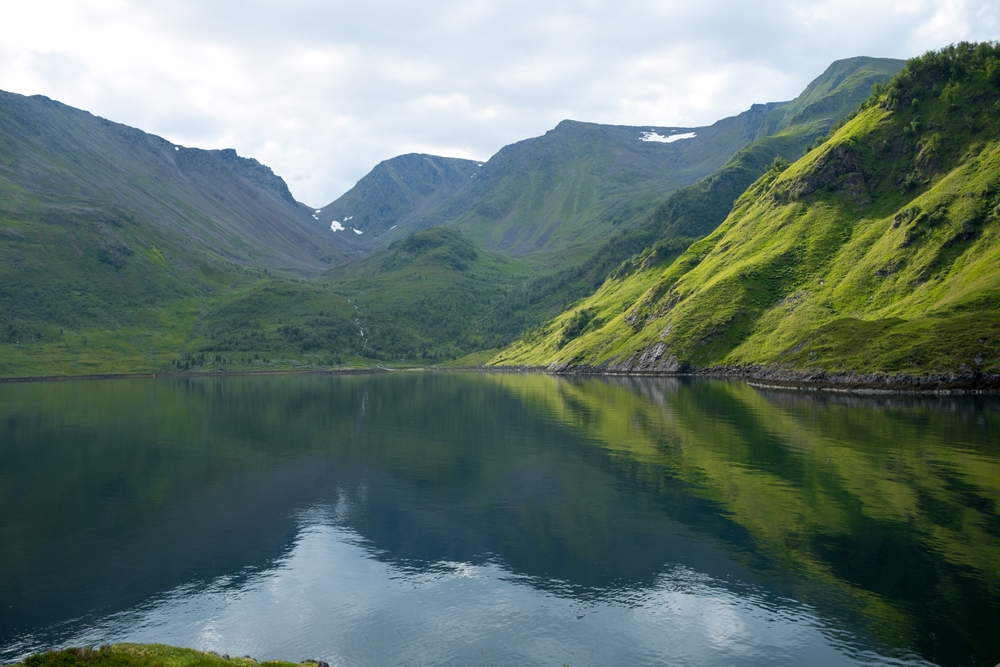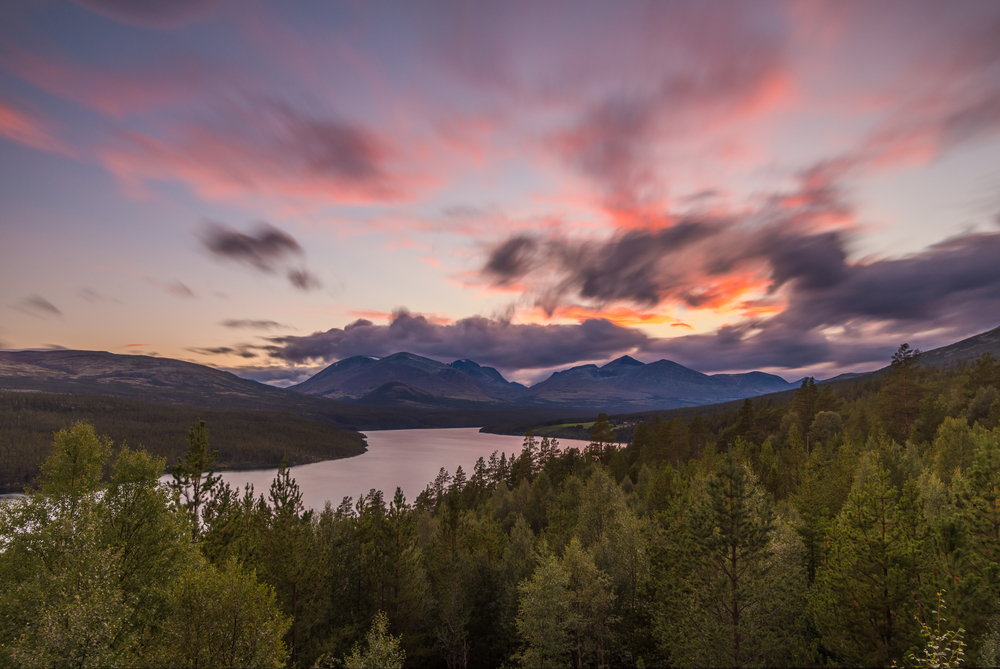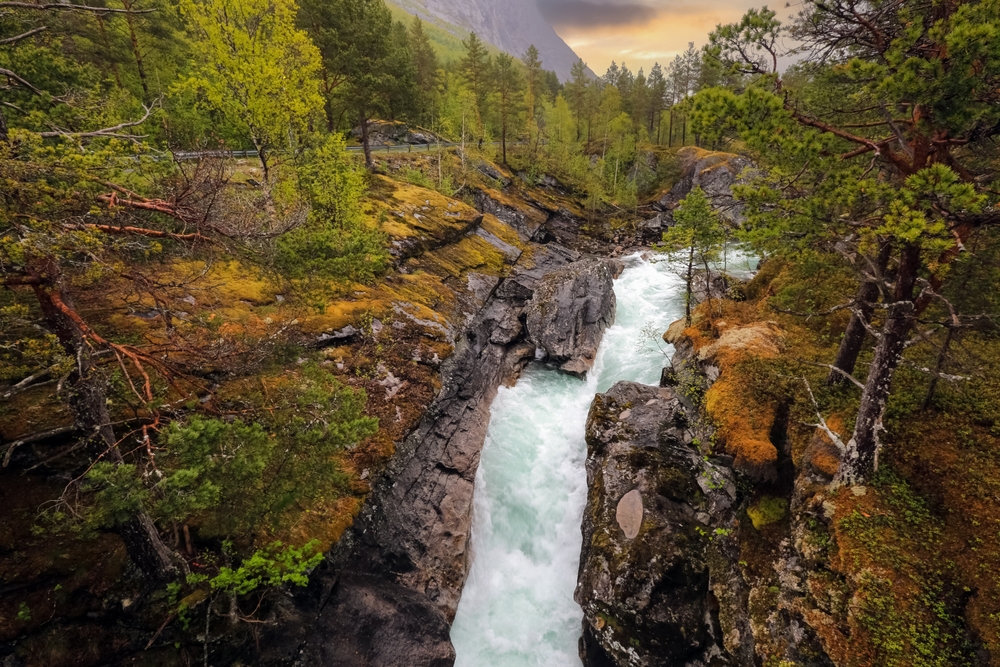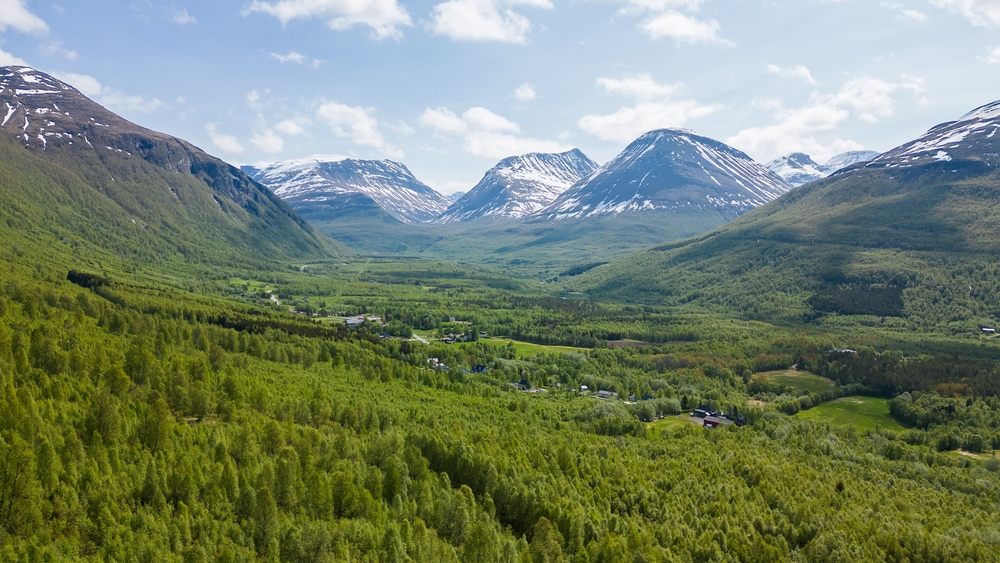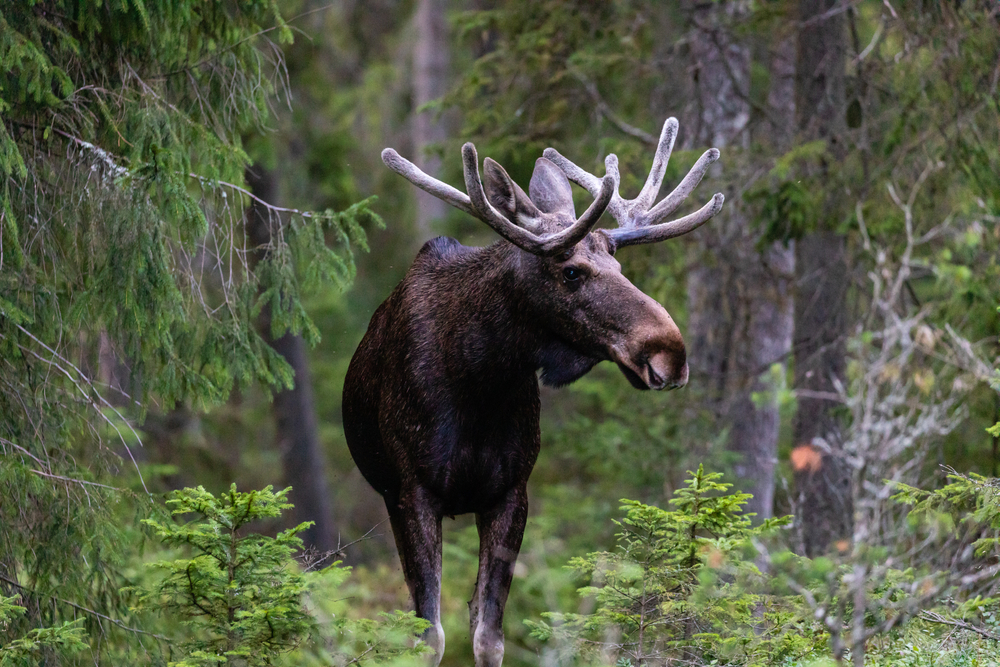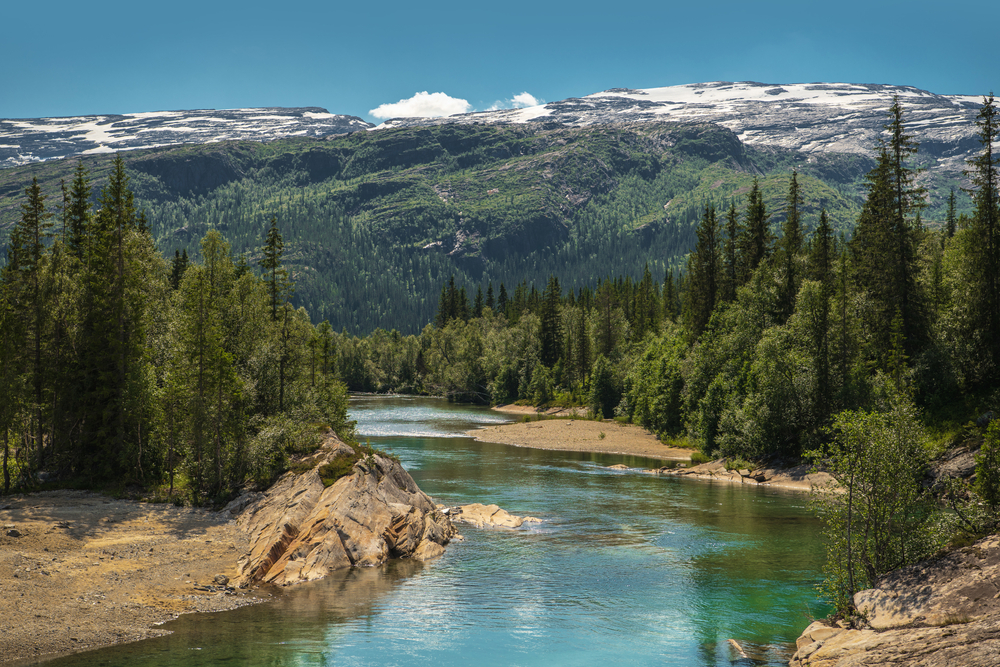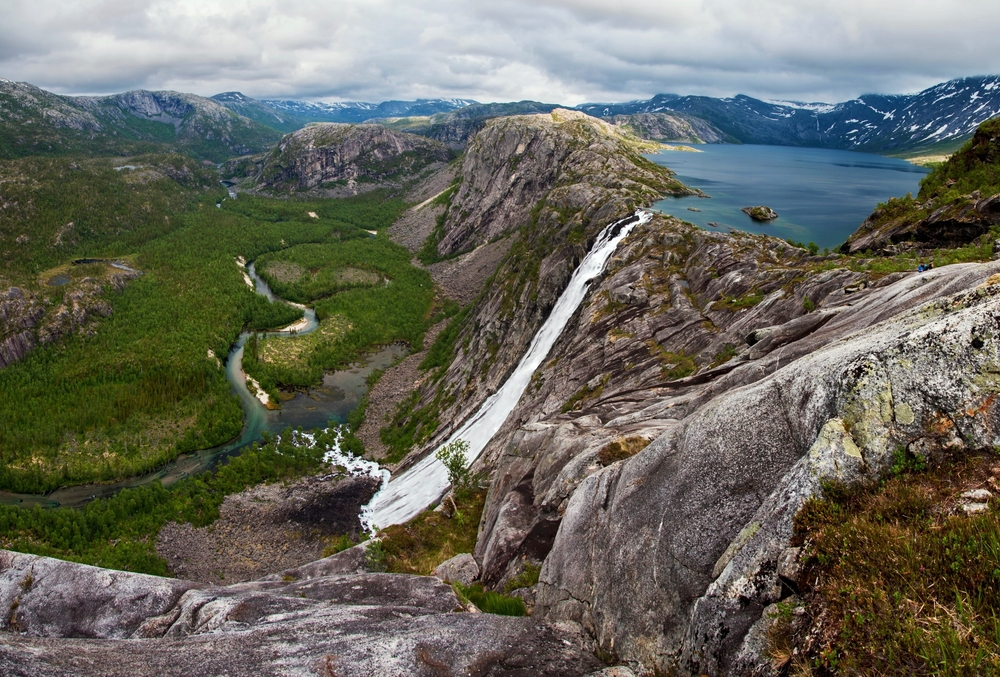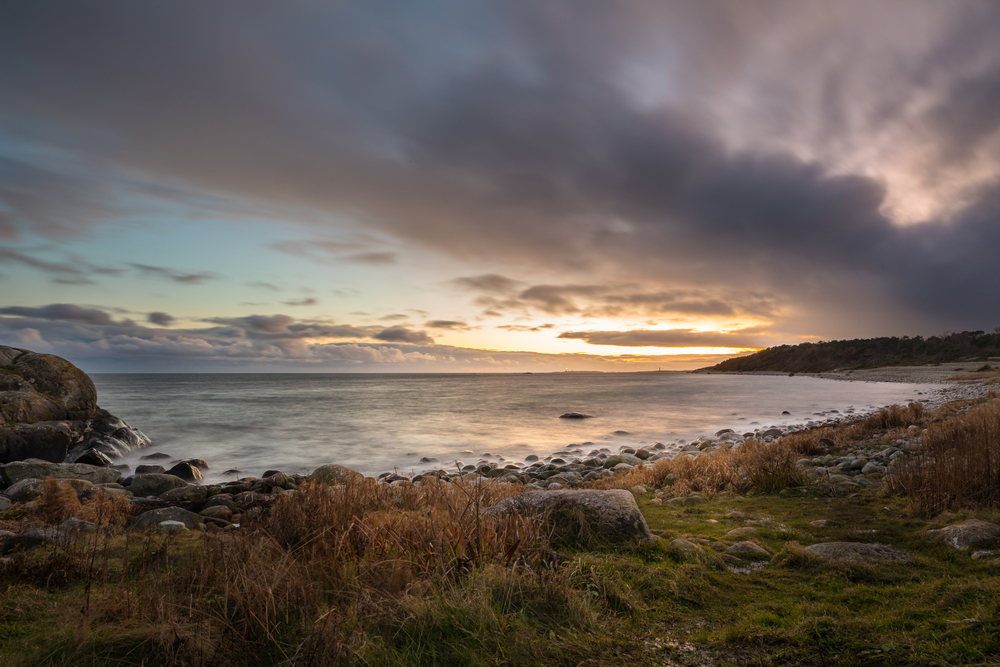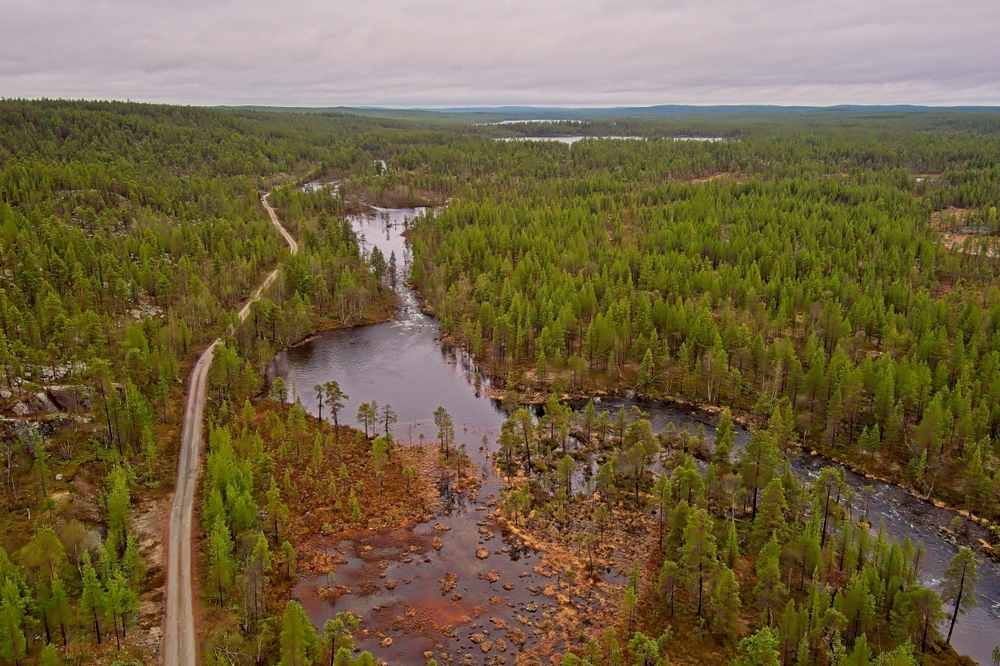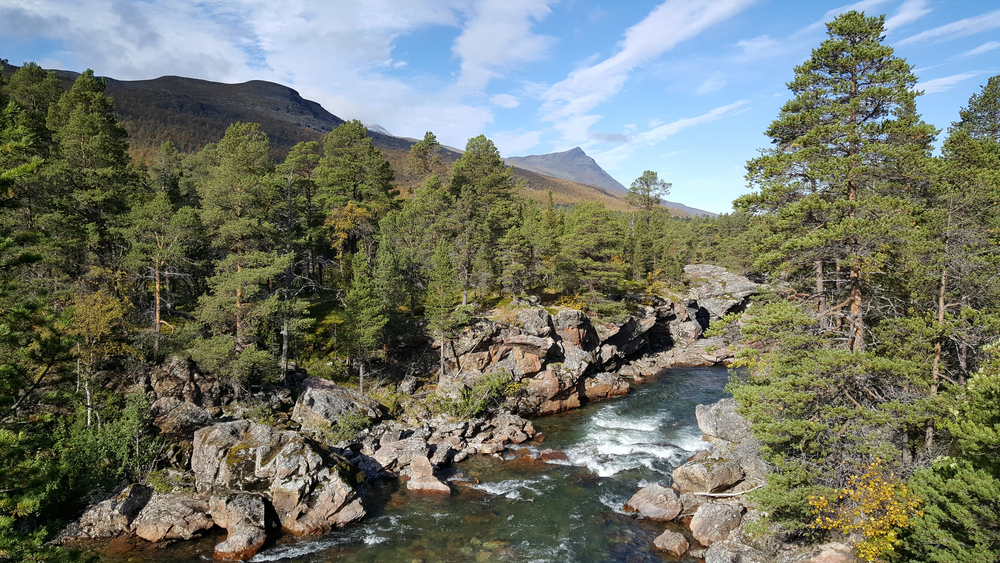Seiland Overview
Seiland National Park, known locally as Seiland nasjonalpark, is a remote and rugged protected area located in Norway’s northernmost county, Finnmark. Covering approximately 126 square miles (327 square kilometers), the park encompasses a significant portion of Seiland Island, the second-largest island in Finnmark.
Established in 2006, the park is characterized by its dramatic coastal landscapes, towering peaks, and the northernmost glaciers in mainland Norway. Seiland National Park is situated in the Arctic region, with the Barents Sea shaping its coastline, creating deep fjords and stunning, steep-walled inlets that contrast sharply with the island’s interior of glaciated summits and rolling tundra.
The terrain of Seiland National Park is a striking blend of rugged mountains, icy glaciers, and vast plateaus covered in Arctic vegetation. Two prominent glaciers, Seilandsjøkelen and Nordmannsjøkelen, dominate the higher elevations, with the former being the largest. The landscape is deeply incised by fjords, including Jøfjorden and Store Kufjorden, which cut into the island and create stunning contrasts between the icy interior and the coastal waters.
The vegetation consists mainly of low-lying shrubs, mosses, and lichens, which thrive in the park’s cold climate. Along the lower elevations, patches of birch forests appear, particularly in sheltered valleys where the conditions are less harsh. The coastal areas are dotted with small islands and rocky outcrops, providing a dramatic setting against the open sea.
Seiland National Park is home to a variety of Arctic and sub-Arctic wildlife, making it a key destination for nature enthusiasts. Among the notable mammals found within the park are reindeer, which roam the tundra in seasonal migrations, and Arctic foxes, although their population has declined due to competition with the red fox. The coastal waters surrounding the island support harbor seals and occasionally visiting whales.
Birdlife is abundant, with seabird colonies nesting along the cliffs and coastal rocks. Species such as white-tailed eagles, puffins, and black guillemots can often be spotted soaring above or diving into the frigid waters. The park’s remote location and minimal human disturbance provide an ideal environment for these species to thrive.
One of the most popular features of Seiland National Park is its glaciers, particularly Seilandsjøkelen, which is accessible to experienced hikers and adventurers. The park’s rugged fjords also draw visitors who explore the landscape by boat or kayak, allowing for an up-close experience with the dramatic cliffs and marine wildlife.
The Midnight Sun in summer and the Northern Lights in winter add an extra dimension to the park’s beauty, making it a year-round destination for those seeking solitude and natural wonder.
Visitors to the park can engage in a variety of outdoor activities, including hiking, glacier trekking, kayaking, and wildlife watching. The park has no marked trails, emphasizing its untouched and wild nature, making it ideal for those looking for an off-the-beaten-path experience.
Fishing is also a common activity in the fjords, with Arctic char and cod among the sought-after species. In winter, ski touring provides a unique way to traverse the frozen landscapes.
Conservation efforts in Seiland National Park focus on protecting its fragile Arctic ecosystems while allowing for sustainable tourism. The park’s management has succeeded in maintaining a balance between conservation and public access, ensuring that the impact on wildlife and vegetation remains minimal.
Challenges include climate change, which affects the glaciers and permafrost, and the presence of invasive species such as the red fox, which threatens native Arctic fox populations. Despite these challenges, Seiland National Park remains a pristine and largely untouched natural area, offering a rare glimpse into Norway’s Arctic wilderness.








































































